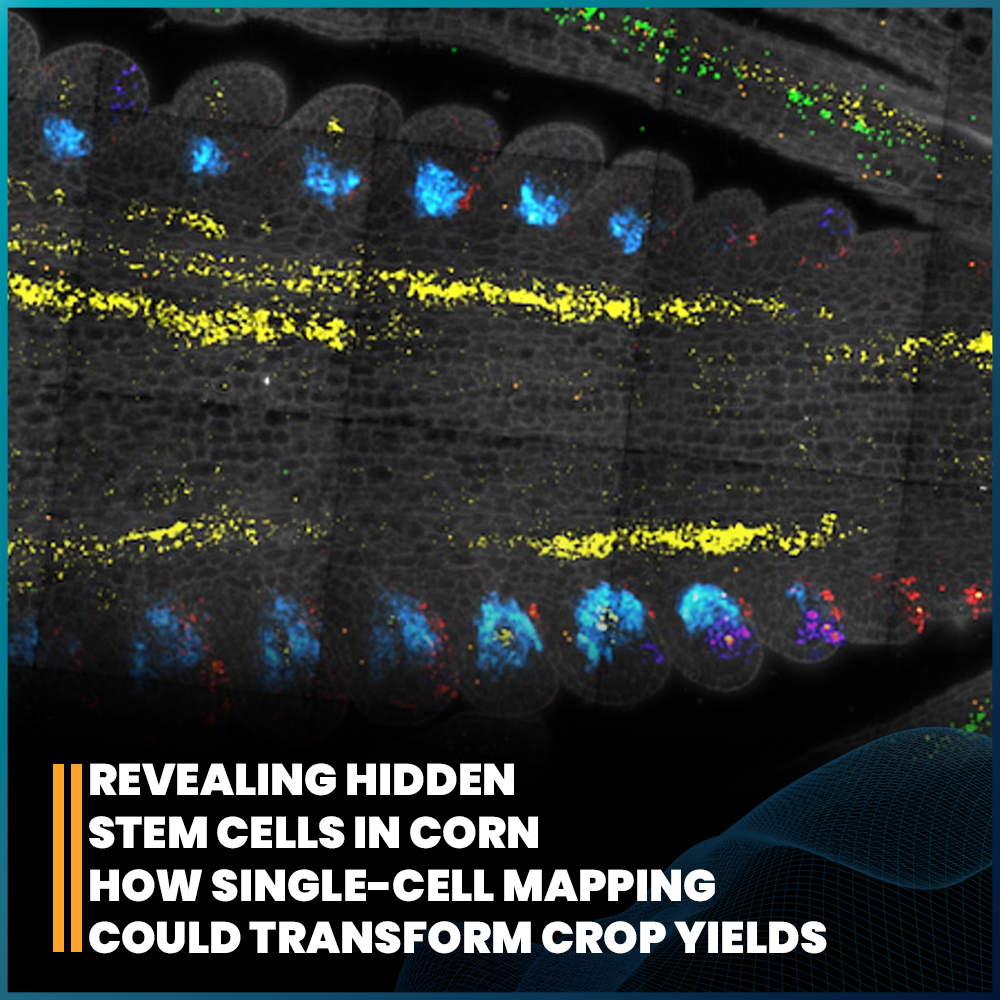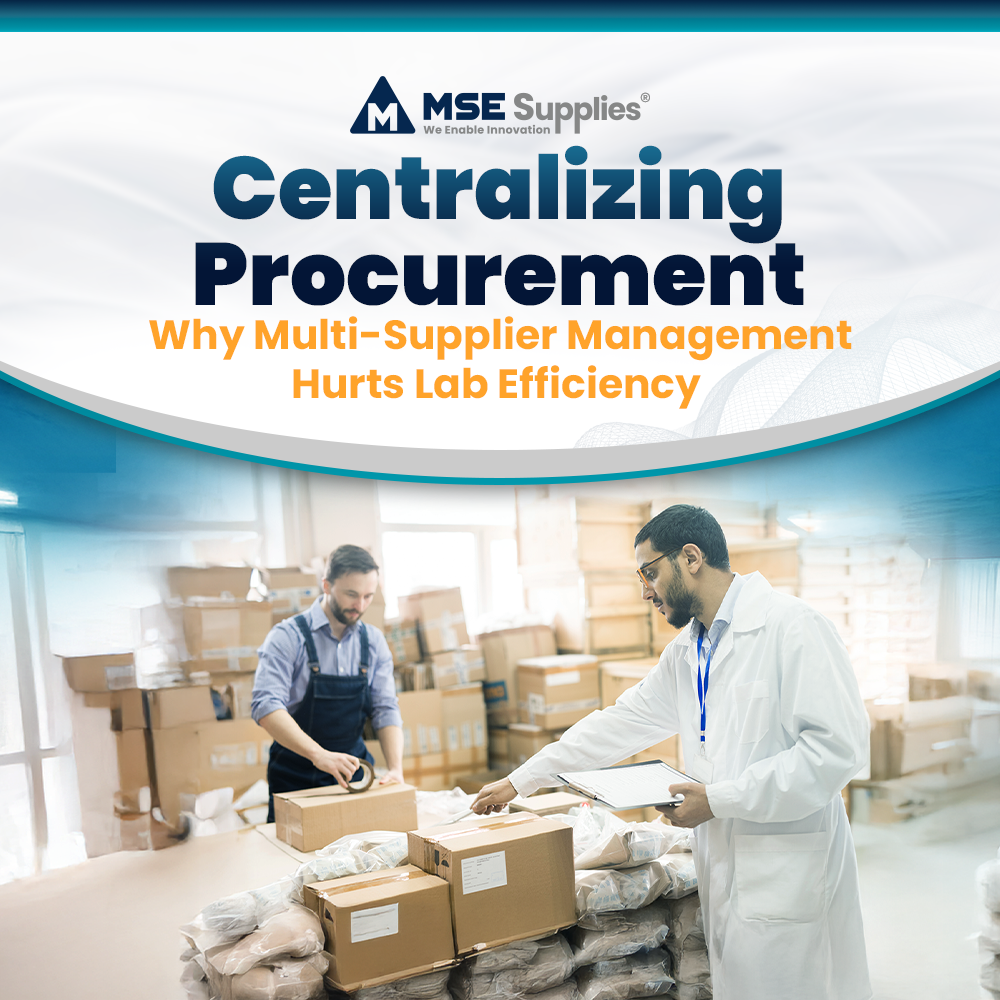Factors to Consider: Choosing the Right Sputtering Coater
Posted by Marketing Team on

When selecting the equipment, several things should be taken into account, including your particular application and how well the capabilities match the state of technology. Choosing the best Sputtering Coater for your Physical Vapor Deposition (PVD) process is crucial since it is utilized for film deposition. We'll go over the key elements and things to think about when selecting a sputtering coater for your particular application in this article.
Know Your Application
Identifying the product's intended use should be your priority. Understanding your application well is essential since it helps you focus on the best options. Think about the following questions such as;
-
Material Composition
Which kind of material—metals, ceramics, organics, etc.—will you be depositing? Determining the ideal sputtering technique and target material compatibility requires an understanding of the material composition.
- Thin Film Properties
What specifications for thickness and qualities do you have for the thin film you plan to make? Various factors, including adhesion, conductivity, and optical characteristics influence the selection of sputtering coater setup and deposition settings.
- Substrate Compatibility
Which substrate types and dimensions are you going to use? Make sure your sputtering coater is compatible with your substrates; different ones may have constraints on substrate size, shape, and material compatibility.
- Deposition Methods
Does your application call for any particular deposition methods (such as reactive sputtering or co-deposition)? You can reduce the number of possibilities and choose a sputtering coater that supports your preferred approaches by clearly understanding the required deposition technique.
Analyzing the Options for Sputtering Coater
After you have a firm grasp on your application, let's examine some of our most significant sputtering coater options that MSE PRO offers and their features:
Moorfield nanoPVD-ST15A (Benchtop Thermal Evaporation & Magnetron Sputtering System):
- Provides for the flexible deposition of organic materials, metals, and dielectrics.
- Scalable configurations that make it appropriate for a wide variety of applications.
- Perfect for settings in research and production where a variety of deposition processes are required.
MSE PRO™ Ion Sputtering Coater:
- Specifically made for the processing of non-conductive samples for SEM analysis.
- Ideal for applying thin conductive coatings, like gold, to reduce electron artifacts.
MSE PRO™ High Vacuum Magnetron Ion Sputtering Coater (DC/RF Model):
- Offers choices for DC (direct current) and RF (radio frequency) power supplies and a steady sputtering environment.
- Suitable for surface treatment, coating, and SEM sample preparation on a variety of materials.
Moorfield nanoPVD-S10A (Benchtop RF/DC Magnetron Sputtering System):
- Small benchtop system with DC and RF power supply choices.
- Continuous and high-power operations are made possible by water-cooled magnetron sources.
- provides adaptable setups to satisfy certain application needs.

Choosing the Correct Sputtering Coater
Compatibility, User-Friendliness, Performance, and Support, CUPS is the acronym to bear in mind while selecting a sputtering coater for your application.
- Compatibility: The tool needs to be designed to work with the substrates, deposition materials, and planned deposition techniques that you plan to use.
- User-friendliness: Consider elements like maintenance needs, ease of use, and safety to ensure smooth operation and user satisfaction.
- Performance: Look at its capacity to generate the necessary thin film characteristics and thicknesses, as well as how well it adjusts to various substrate types and sizes.
- Support: Look for trustworthy manufacturers who provide regular service, support, and technical assistance to address all potential concerns or issues.
Aspects such as substrate compatibility, deposition methods, material composition, and thin film qualities should be considered. Use the CUPS acronym—Compatibility, Usability, Performance, and Support—to guide your decision process. Understanding your application's requirements and comparing several sputtering coater alternatives with MSE Supplies can assist you in selecting the appropriate instrument for your needs.
Confidently choose the optimal sputtering coater from Moorfield and MSE PRO, facilitating efficient thin film deposition and driving advancements in your field. Contact us today to help you explore our diverse range of products and services designed to meet your specific needs.
Share this post
- Tags: Brands - Moorfield, Brands - MSE PRO, Industry - Automotive & Aerospace, Industry - Chemistry, Industry - Industrial Process, Industry - Lithium Battery & Renewable Energy, Industry - Material Science, Industry - Semiconductor, Products - Vapor Deposition Coating Equipment



